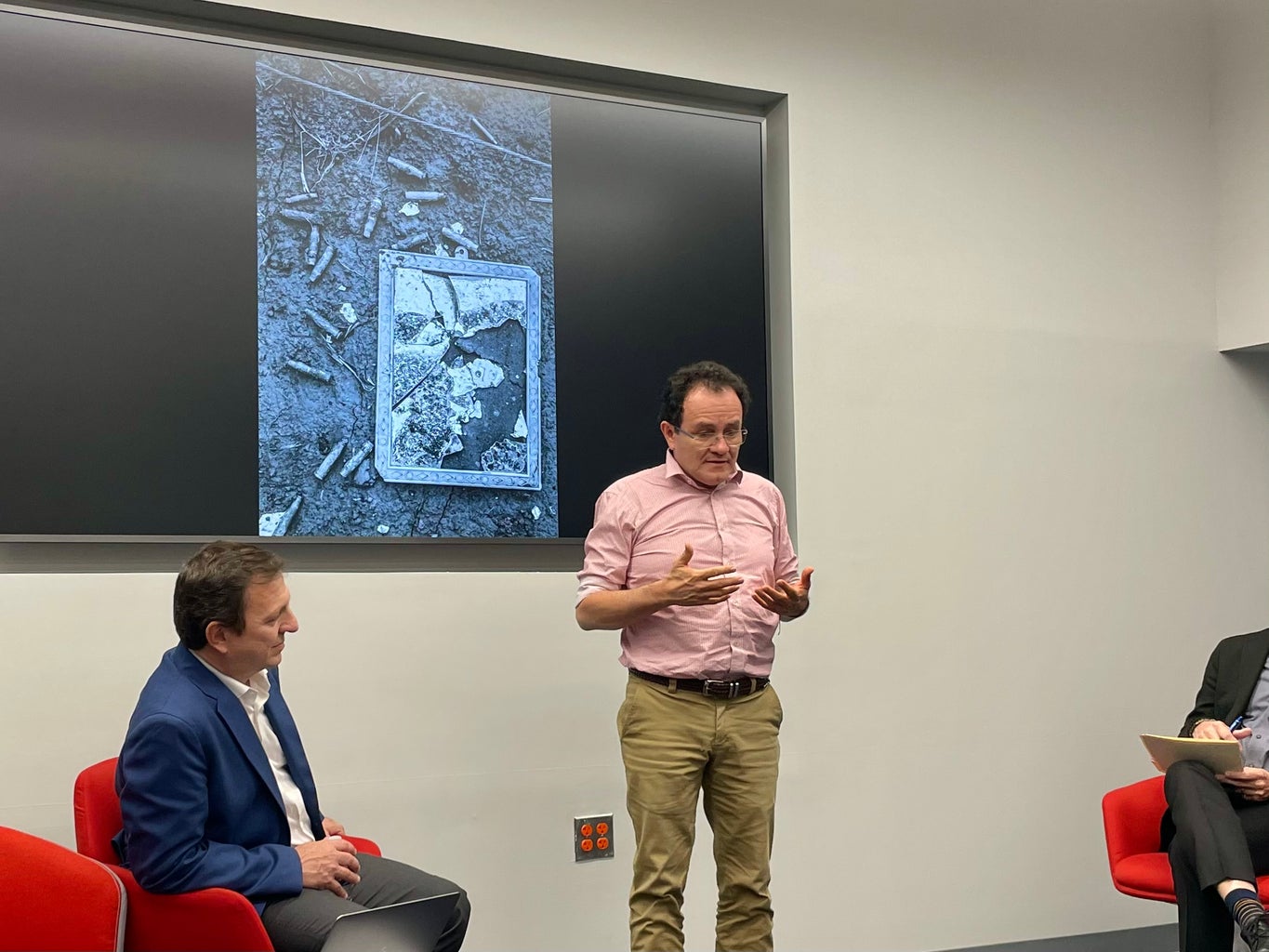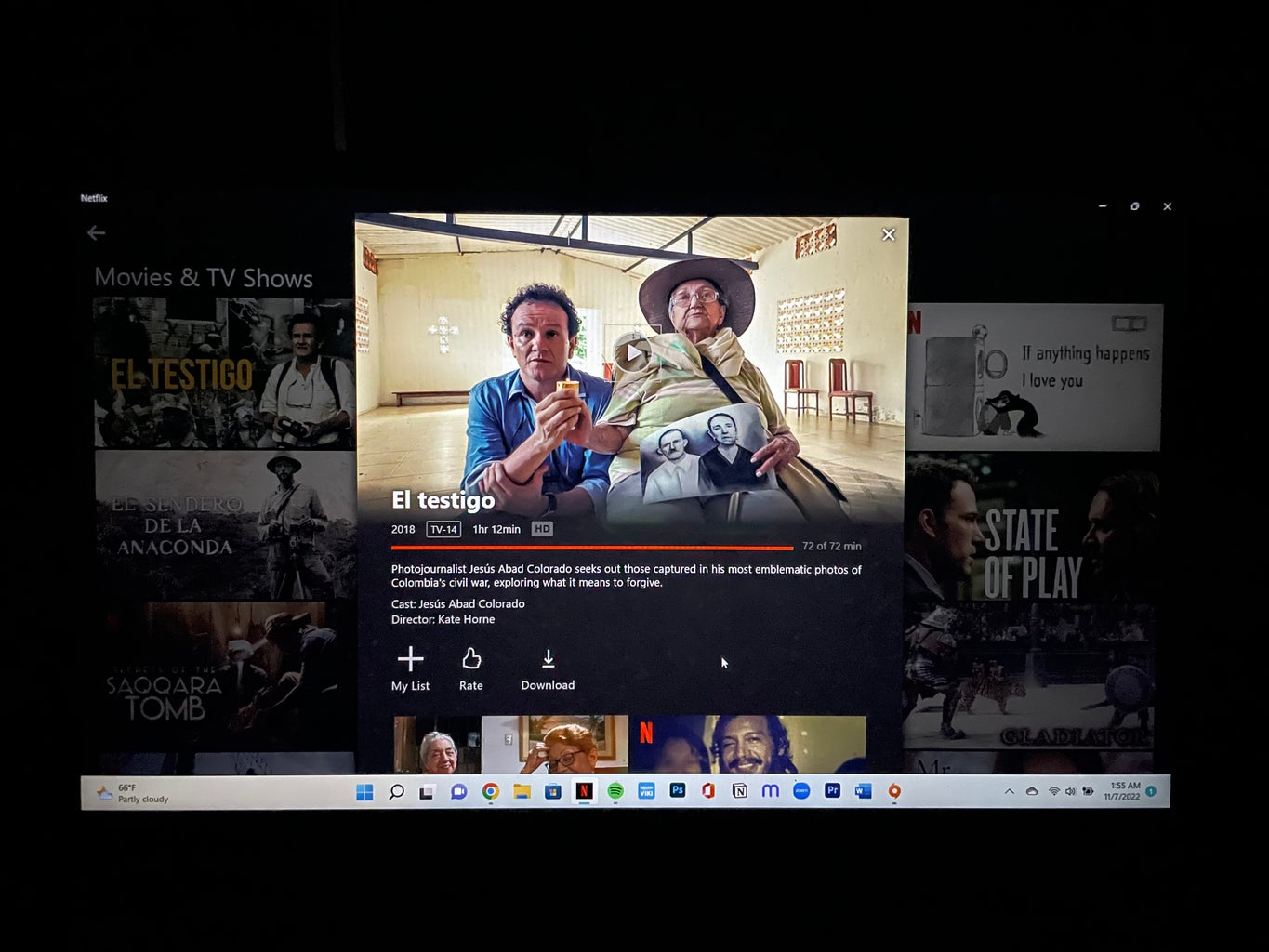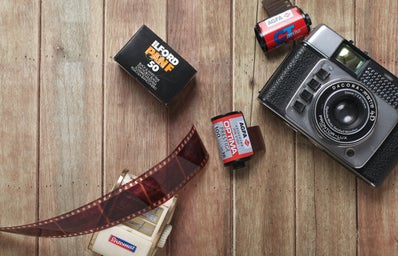There are times when journalists have to adventure where the good stories are—the places where nobody dares to go–where voices need to be heard the most. These kinds of stories need to be told. If they do not do it, nobody will.
Jesús Abad Colorado López is a Colombian photojournalist that has captured the horrors of the Colombian Armed Conflict with his camera. He has walked through the villages where small communities have witnessed the atrocities of the Armed Conflict have brought to their lives.
The Colombian Armed Conflict started in the early 1990s and had strong repercutions on the Colombian people for the last decade.
“The purpose of journalism is to seek the truth, and that must be narrated with words. You have to do it with images,” said Colorado López. “Journalism is a tool to tell the story of a society and I learned to do it from photography. Sometimes this job is taking harsh images, but there are also things that are very sweet and beautiful.”

Colorado López is currently on tour in the northeast of the United States to promote his latest book called “El Testigo”–or “The Witness,” in Spanish, where curator, editor and cultural manager, María Belén Sáez, has arranged and compiled Colorado Lopez’s images in this book. El Testigo contains four volumes which are divided into four volumes and themes, “The silent land,” “There is no darkness that the light can not overcome,” “And still, I will rise” and “I put my hands in yours.”

On his tour, Colorado López had the opportunity to stop at Hofstra University on October 19. He gave a presentation on his photojournalistic works on the Colombian conflict at the Lawrence Herbert School of Communications. Colorado López was accompanied by Argentinian and Senior Americas Program Coordinator at the Committee to Protect Journalists (CPJ), Carlos Lauria.
In his discussion, he presented the audience with an image depicting a little girl looking through a glass window that had just been pierced by a bullet. Colorado López then explained how this girl had joined the armed forces to fight those that had once killed her family. He then showed the audience pictures of the same girl but all grown up and with a daughter of her own. The audience was also able to witness a video of the girls’s daughter that she had sent to Colorado López.
“I do not play with spectacular photographs,” said Colorado López. “I like to tell the story from simple things and a detail that could be third or fourth and that is very important to name people, give them their leading role within the stories, that those photographed are not anonymous beings.”
“Journalism, and photojournalism, helps to tell the truth. The truth is a broken mirror and we help put the pieces back together,” said Colorado López. “we have to learn to see straight ahead and in the eyes. In other words, we are not more than anyone. When one approaches to tell a story, this is very important. There is a detail, and that detail is humanity.”
Vice Dean Mario A. Murillo, who moderated Colorado López’s discussion at Hofstra University, recognizes the importance of Colorado López’s work, “I think his work sheds light on the importance of photojournalism,” said Murillo. “The role that photojournalism plays in telling stories that maybe other media and other kinds of journalism don’t necessarily tell.”

Colorado López also appears in the 2018 Netflix documentary, directed by Kate Horne, “EL TESTIGO” where the audience follows him while he travels to places in Colombia where he previously took photos during the armed conflict. There’s a moment at the beginning of the documentary where he reflects on how similar the story of the Armed conflict is to the one of the brothers, Cain and Abel-The Bible story which ends up with one of the brothers, Cain, killing his brother, Abel, out of jealousy.
“In Colombia, I had not been able to know who is Cain and who is Abel” said Colorado López in the documentary.
“He doesn’t go to press conferences, the presidential palace, or to talk to the officials,” said Murillo. “He goes to see where the most victimized are–the people who have had the most impact and who have been impacted the most by the war. I think that as a witness, it really shows the importance of what we can do as journalists if we stick to that kind of story, if we tell that kind of story.”


